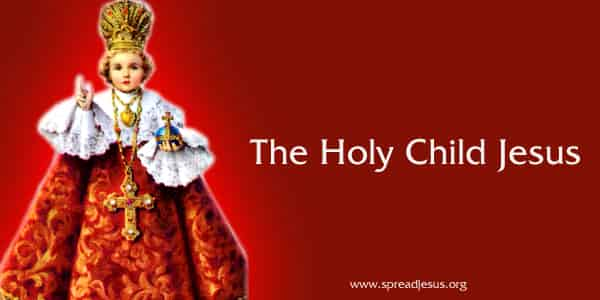Saint Peter Damiaan Catholic Saint
CATHOLIC SAINTS 28-12-2023, 19:41

Saint Peter Damiaan
Catholic Saint
Saint Peter Damiaan-Cardinal, reformer, Doctor of the Church
Feast Day : February 23
Peter Damian was born in 1007 in Ravenna, Italy, to a large but poor, noble family. As the youngest, he was not welcomed by everyone because of the added strain on the family’s meager resources. An older brother was so vehemently opposed to him that his mother stopped nursing him and he almost died. He was rescued by a family retainer. Peter was orphaned early in life and was taken in by another brother. He was set to work as a swineherd and was treated like a slave. He remained pious and showed intellectual ability, and so another brother, Damian, archpriest at Ravenna, took him to be educated. Peter apparently later adopted this brother’s name as his own in gratitude. Peter advanced quickly in his studies and was sent to the University of Parma. By age 25 he was famous as a teacher. He did not like university life, however, and in 1035 decided to retire from the world. He met two hermits from Fonte-Avellana who invited him to join them. After a 40-day retreat in a cell, Peter agreed. At Fonte-Avellana he was made a monk immediately. Peter’s extreme austerities and mortifications impaired his health. While recuperating, he studied the Scriptures, and after recovery began lecturing the monks.
He also wrote the life of St. Romuald. In 1043 he became prior, a position he held until his death. As prior Peter established a rule of moderation and founded seven hermitages. He also introduced the regular use of discipline, and a daily siesta to make up for night offices. Peter became deeply involved in the politics and schisms of the Church, and was summoned to help settle disputes. He was made cardinal against his objections in 1057 by Pope Stephen X (r. 1057–58). He also served Popes Nicholas II (r. 1058–61) and Alexander II (r. 1061–73). As a reformer, Peter campaigned against simony, the buying and selling of Church offices. He reformed lax clergy who lived with women. When Ravenna was excommunicated for its support of an antipope, Peter worked to reconcile the city, succeeding in 1072. Shortly afterward, he fell ill at the monastery of Santa Maria degl’Angeli (now Santa Maria Vecchia) and deteriorated for a week. He died on February 22 and was buried immediately in the monastery. His body was translated six times, each time to a more impressive shrine, and finally in 1898 to the chapel dedicated to him in the church of Faenza. Throughout his life, Peter was known as a vehement, strident reformer, writer and speaker, and was a forerunner of the Gregorian Revolution of the 11th century. He was a prolific writer, authoring numerous sermons, treatises and letters.
He wrote the first Latin treatise devoted to omnipotence, de Divina Omnipotencia. In it, he argues that the traditional patristic God was unknown before Scholasticism, and God can, if he wills, annul the past. Another of his works is Liber Gomorrhianus (Book of Gomorrah), probably written between 1048 and 1054, in which he talks against immorality. It is the only extensive medieval treatment of sexual sins that includes homosexuality, which he termed the worst sin of all. Peter was never formally canonized. He is portrayed in art as a cardinal holding a discipline (a copy of a system of monastic rules), and sometimes as a pilgrim holding a papal bull.
.jpg)
The Gospel According to Mark Chapter 6:1-56 Mark 6:1 He departed from there and came to his native place,...
Learn more.jpg)
The Gospel According to Matthew Chapter 24:1-51 Matthew 24:1 Jesus left the temple area and was going away,...
Learn more
The Book of Ecclesiastes Chapter-1 Ecclesiastes 1:1 The words of Ecclesiastes, the son of David, the king of...
Learn more


